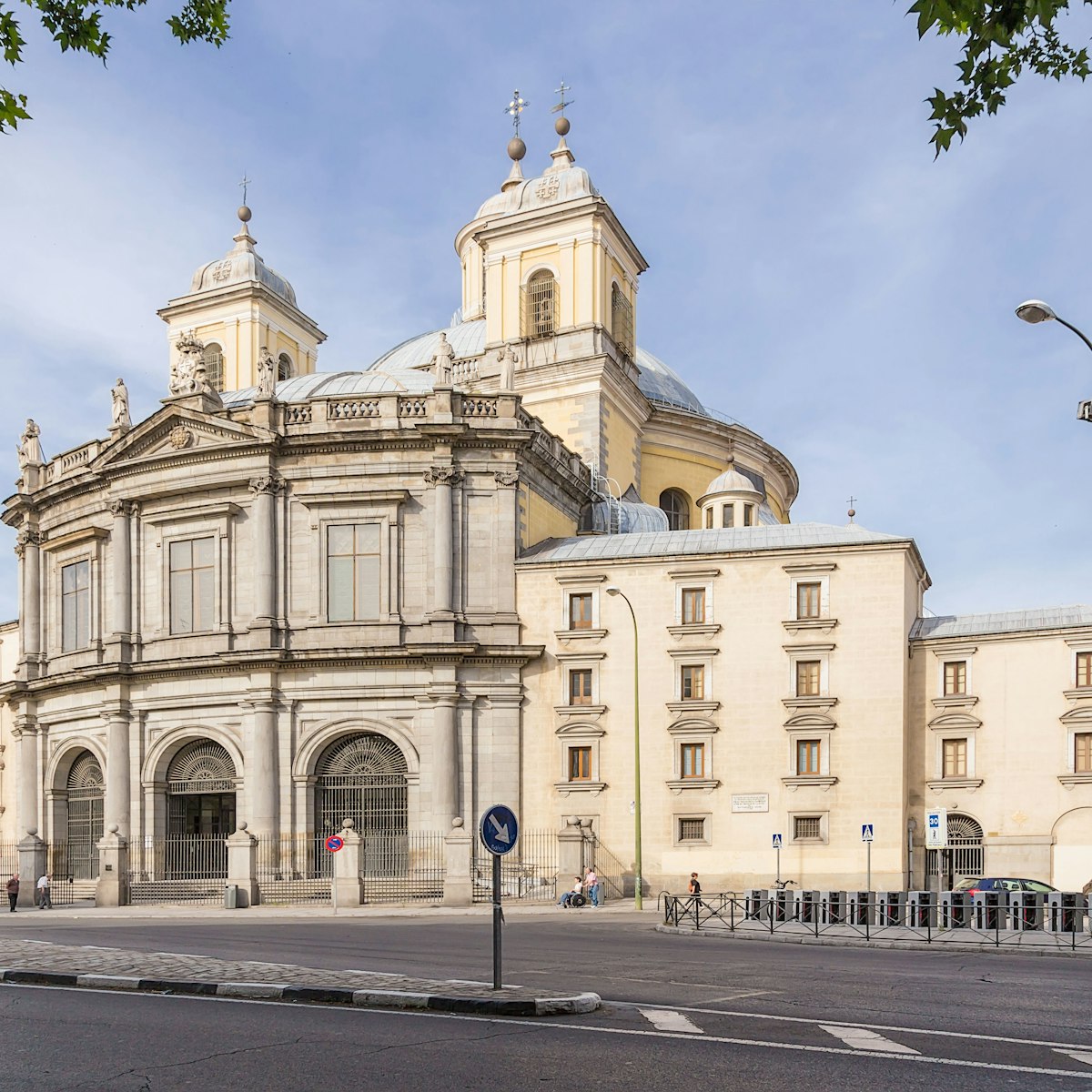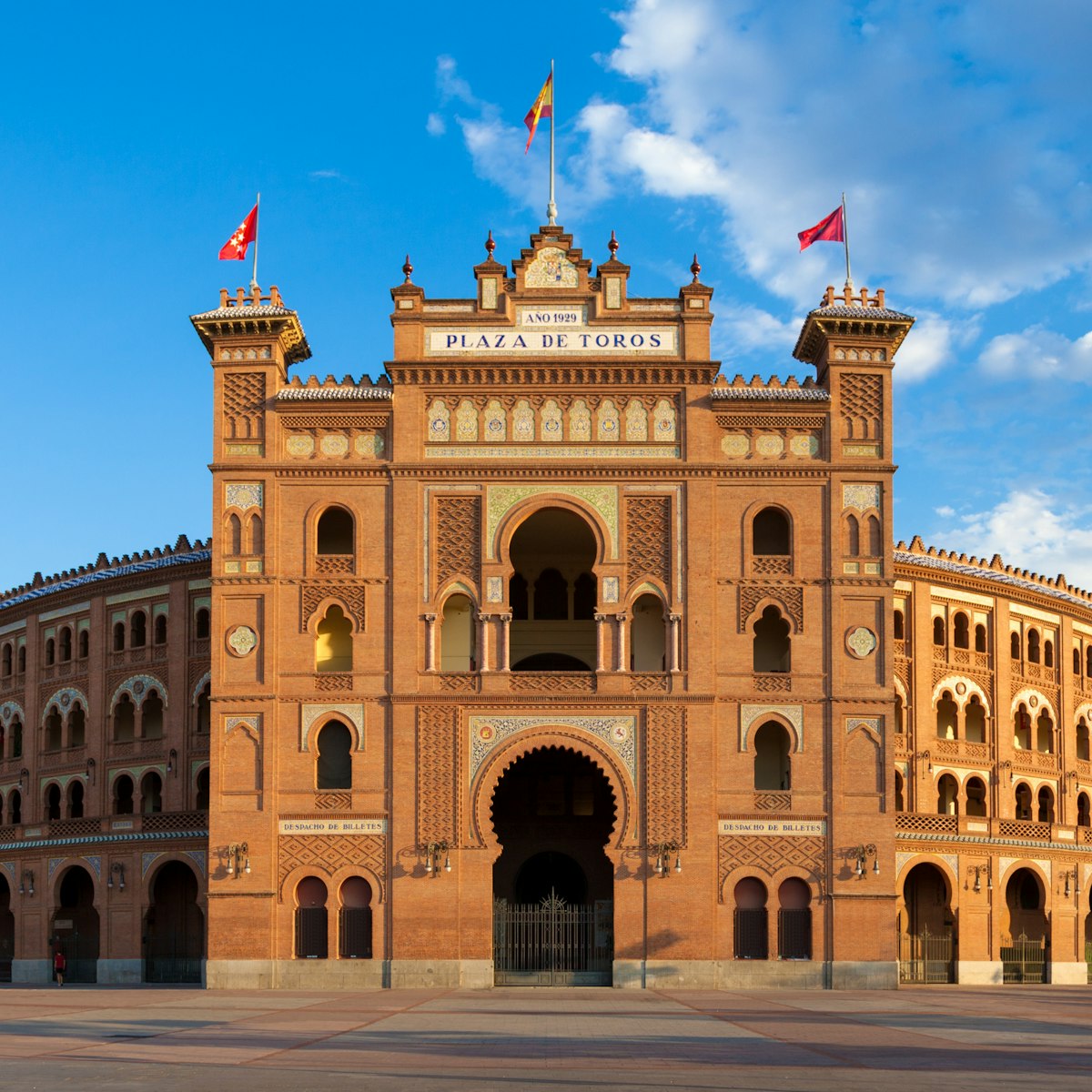ItвҖҷs difficult to imagine Madrid without Gran VГӯa, the grand boulevard lined with towering belle-Г©poque facades that climbs up through the centre of Madrid from Plaza de EspaГұa then down to Calle de AlcalГЎ. But it has only existed since 1910, when it was bulldozed through a labyrinth of old streets. Fourteen streets disappeared off the map, as did 311 houses, including one where Goya had once lived.
Plans for the boulevard were first announced in 1862 and so interminable were the delays that a famous zarzuela (Spanish mix of theatre, music and dance), La Gran VГӯa, first performed in 1886, was penned to mock the city authorities. It may have destroyed whole barrios, but Gran VГӯa is still considered one of the most successful examples of urban planning in central Madrid since the late 19th century.
One eye-catching building, the Edificio CarriГіn was MadridвҖҷs first pre-WWI tower-block apartment hotel. Also dominating the skyline about one-third of the way along Gran VГӯa is the 1920s-era TelefГіnica building, which was for years the highest building in the city. During the civil war, when Madrid was besieged by FrancoвҖҷs forces and the boulevard became known as вҖҳHowitzer AlleyвҖҷ due to the artillery shells that rained down upon it, the TelefГіnica building was a favoured target.
Among the more interesting buildings is the stunning, French-designed Edificio MetrГіpolis, built in 1907, which marks the southern end of Gran VГӯa. The winged victory statue atop its dome was added in 1975 and is best seen from Calle de AlcalГЎ or Plaza de la Cibeles. A little up the boulevard is the Edificio Grassy, with the Rolex sign and built in 1916. With its circular вҖҳtempleвҖҷ as a crown, and profusion of arcs and slender columns, itвҖҷs one of the most elegant buildings along Gran VГӯa.
Otherwise Gran VГӯa is home to around twice as many businesses (over 1050 at last count) as homes (nearly 600); over 13,000 people work along the street; and up to 60,000 vehicles pass through every day (including almost 185 buses an hour during peak periods). There are over 40 hotels on Gran VГӯa, but, sadly, just three of the 15 cinemas for which the boulevard was famous remain.







